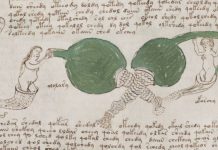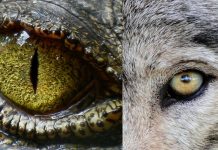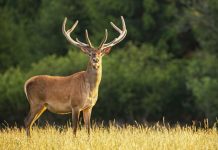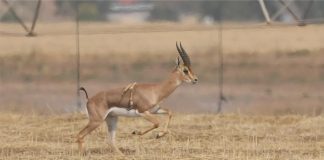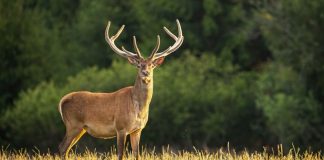View this post on Instagram
Happy International Vulture Awareness Day! . Vultures are an ecologically vital group of birds that face a range of threats in many areas that they occur. Their stomach acid is highly corrosive, allowing them to safely digest putrid carcasses infected with a lot of very dangerous viruses or bacterias, like botulinum toxin, cholera, or anthrax and remove these bacteria from the environment. . Populations of many species are under pressure and some species are facing extinction, mainly for poisoning and hunting. From the 22 vulture species, nine are critically endangered, three are endangered, four are near threatened, and six are in the least concern category. I highly recommend you to check the work of @chamiltonjames and @jenguyton with vultures and their threats. . Here we have the two most important vultures of South America: the Andean Condor, the largest flying bird in the world by combined measurement of weight and wingspan, and the huge and beautiful King Vulture. . © 2018. @tropicalherping. All rights reserved. . . . . . #nature #wildlife #biodiversity #conservation #conservationphotography #animals #birds #birding #birdwatching #vultures #condor #vulture #kingvulture #andeancondor #andes #ecuador #amazon #southamerica #internationalvultureawarenessday #vultureday @lovevultures @ilcp_photographers
A post shared by Lucas M. Bustamante (@luksth) on Sep 1, 2018 at 2:23pm PDT
Le Condor des Andes
Le Condor des Andes fait partie de la famille des
Cathartidae. C’est notamment la seule espèce du genre Vultur. Sa taille moyenne
est de 105 centimètres, mais peut aller jusqu’à 130 centimètres et pèse
généralement entre 9 et 12 kilogrammes. Niché en Amérique du Sud, ce grand
oiseau se nourrit principalement de cadavres de diverses espèces animales, dont
le lama, le mouton et le bœuf.














